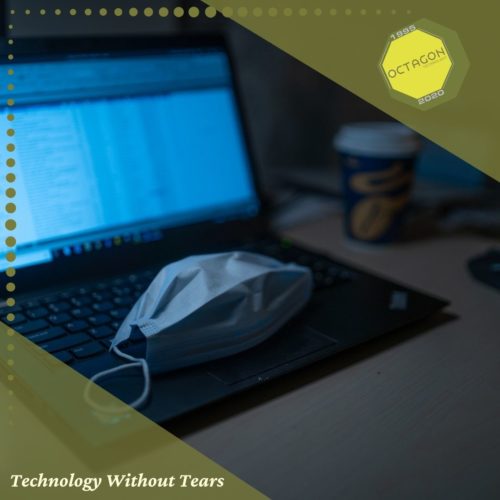In 1971 Bob Thomas wrote a program for BBN Technologies and unlike most programs at the time it had no productive purpose other than for research. It was designed to slowly fill up the storage of a computer until it was so full that the computer could no longer operate properly. They called this program “Creeper”. Later on, Ray Tomlinson created another program called “Reaper” and this was designed to search for Creeper and remove it. Later revisions could copy themselves over the network to find the Creeper. Ray Tomlinson created what is arguably the first anti-virus software, which ironically behaved like a worm virus by spreading automatically and applying its changes. Ever since, more and more of these infectious programs have been developed and have become a serious problem for the modern world. There are many innocuous viruses that merely exist to spread and achieve little other than to take up bandwidth and space, but for every benign program there are countless malicious ones.
There are many different categories of virus starting with the standard virus, which could corrupt or change files on a computer. Then there is the worm which spreads over a network, a trojan which pretends to be a regular file but contains a virus/worm. Ransomware, scareware and spyware are probably the most common threat in today’s world. These modern threats are designed to extract wealth from targets, which are often corporations or institutions. Ransomware is the most destructive, as it can encrypt and convert a target’s files to an unusable form, withholding the solution until payment is received, often in bitcoin or another hard to trace currency. Scareware relies on the user’s fears to encourage them to pay to fix a problem they probably don’t have, by claiming there is a serious problem with a computer. Spyware on the other hand will try to remain hidden while it tries to capture payment or other valuable information. The main aim of ransom, scare and spyware is to generate profit for the virus promulgator.
There are also non-profit malicious programs, commonly used to destroy or disrupt systems or services. In 2010 a virus by the name of Stuxnet was uncovered by Sergey Ulasen. It was one of the most advanced programs discovered, utilizing several unknown exploits and vulnerabilities. It was particularly famous for its international espionage targeting SCADA systems (Siemens ) which used programmable logic controllers (SLC). While this may not sound important or mean much to the layman, it is important to remember what these systems are used for, as in this case Iran used it to control the centrifuges which enriched uranium. Stuxnet was responsible for huge damage to Iran’s nuclear facilities, and while it is not confirmed who created it, it is widely believed to have been created by Israel and the US.
The computer virus has transformed from an interesting exercise in computer science into a global threat to computer systems, a threat that should not be ignored. It is clear that a strategy to deal with it is pretty much mandatory. The obvious choice is anti-virus software and this will help protect against known threats or threats we can predict. To be on the safe side and to ensure your data and systems are protected you also need redundancy, backups, training and proper security policies to minimize the problem. Often, the human user is the weak point, so training is paramount.
Ben
Client Support
If you have any questions regarding this article then please let me know – kamila@octagontech.com and I will arrange for a phone call with Ben.
Kamila
General Manager


